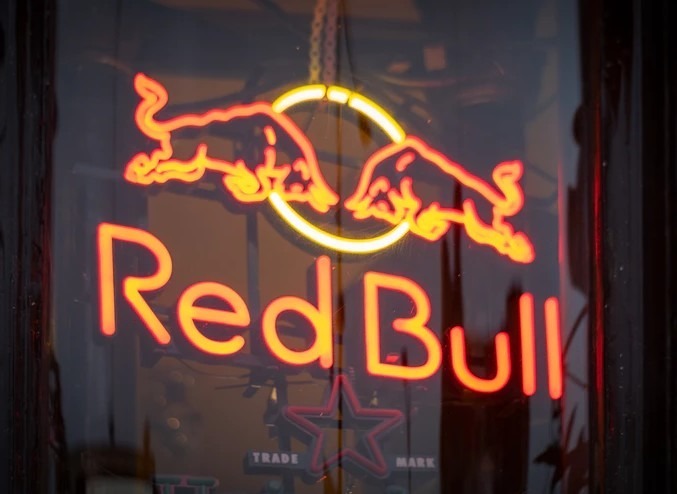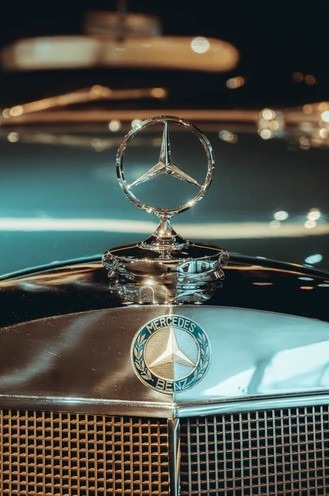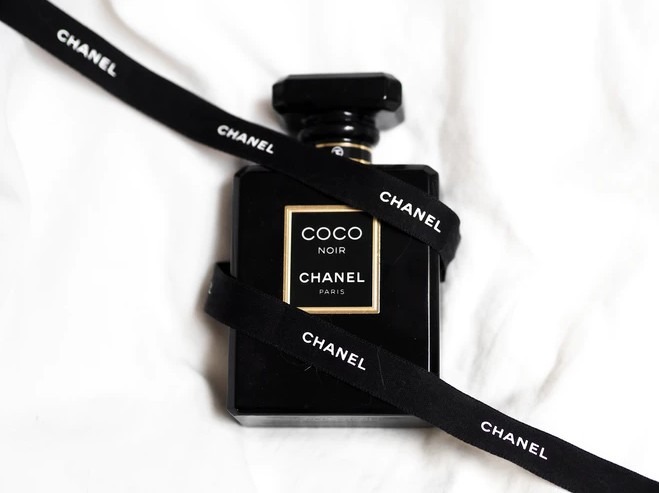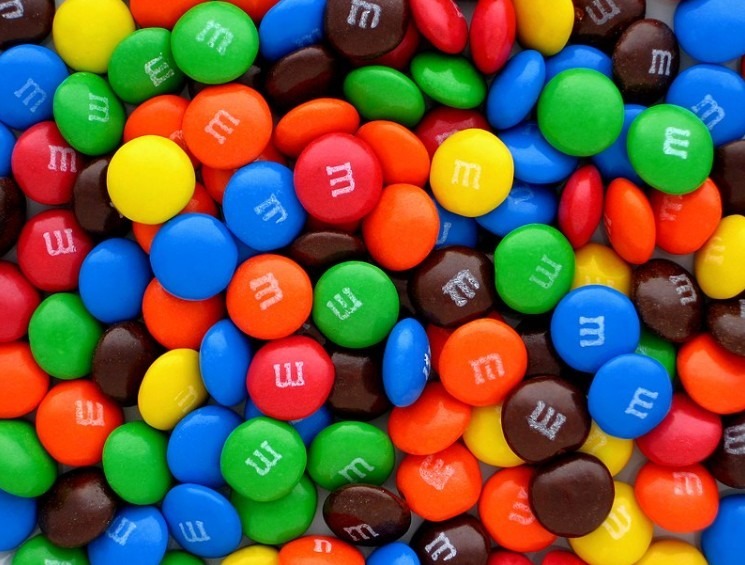You might’ve heard about personality types or personality archetypes on social media or other platforms. We solve a quiz or two, and it tells us about what kind of person we are. Jung’s personality test is one of the most popular tests, which places you within 12 different archetypes.
When it comes to studying brands, we can use the same logic as Carl Jung. These archetypes represent thought forms that influence an individual’s feelings. Since brands are an influential aspect of our daily lives, understanding them and dividing them into archetypes can also help us study them. And on the topic of about successful businesses, don’t miss reading this great business profile of Goldman Sachs.
Branding
Branding means to launch your product under a specific label by advertising it and selling its distinctive design. In the old days, people used to brand horses to show who owns which horse. Nowadays, the world is taken over by brands; we learn about the quality and functionality of a product by its label. Being new to the market, one must have adequate knowledge about how the major companies brought their brand to market and how branding is done.
Archetypes
In Carl Jung’s book “The Archetypes and the Collective Unconscious,” he gave his concept of archetypes. He brings about his argument by telling us that all humans have a collective unconscious, and we are linked by our way of thinking. Then Carl elaborates how symbols and labels inherited from our ancestors affect our thought process. He defines each of these thought processes as an archetype. Be sure to check out a great book option like this one – What Are the 12 Branding Archetypes? for a great introduction.
Why Does Branding Needs Archetypes?
In 2001, Carol S. Pearson and Margaret Mark came up with the idea of building brands with archetypes in their book “The Hero and the Outlaw: Building Extraordinary Brands Through the Power of Archetypes.” They use the similar method provided by Jung to arrange pre-existing brands and build upcoming brands by understanding what a brand is in its essence.
They tell us how our branding strategy, brand promise, brand essence, character, and personality are important factors in bringing up our brand instead of getting it diluted by the impact of other brand relationships. Finding your brand’s soul, its substance, doing competitive analysis, doing analysis of your target, and telling your brand’s story is your way to success as a brand.
According to these authors, you can find your brand’s meaning by using their method and use that to sell more products and leave a legacy of your brand.
Different Archetypes by Jung
Jung believed that the collective unconscious of people is represented through universal concepts, which he called archetypes. He said that these concepts are responsible for our deep-seated beliefs and instincts, such as sexual behavior, spirituality, and other indispensable instincts.
These archetypes are used in modern branding, which helps us deduce the future of a brand by studying its essence and comparing it to the previous brand. The role a brand plays in a society is similar to a symbol that guides our social behavior. For example, Apple and Coca-Cola are international brands that affect our daily lifestyle in many ways.
Using these Archetypes for Your Brand
Studying branding archetypes can help us understand different types of brands and what kind of people they influence. After learning about these archetypes, you’ll be able to analyze various brands and associate your brand with a bigger one. This way, you can see the best possible development methods you need for your brand.
The 12 Common Archetypes
We were given the concept of archetypes by Carl Jung to understand society and its pillars, but with the advent of time, people have used it to define brands, novels, and other spheres of modern life. The following are the most common archetypes used to understand brands:
1. The Sage
The sage is the brand that works for understanding the thought processes and seeks knowledge. The sage helps the world with the knowledge they’ve gained by providing practical information.
Examples of sage brands are Google, BBC, PBS, etc.
2. The Innocent
They offer optimism and goodness. Their companies focus on trust-building and value their customers’ happiness.
Examples of innocent brands are Dove, Coca-Cola, Whole Foods, Aveeno, etc.
3. The Explorer
Explorers find inspiration in risks and discovery. They are adventurous, restless and bring change through discovery and innovation.
Examples of explorer brands are Red Bull, Jeep, The North Face, Patagonia, etc.
4. The Ruler
As the name suggests, the ruler brand focuses its strategy on creating order and gaining control. They focus on products that give their customers a sense of high status and power.
Examples of ruler brands are Microsoft, Mercedes Benz, Luis Vuitton, Rolex, etc.
5. The Creator
The creator is driven to create things that have endurance and perfection. Perfectionism can be a double-edged sword for the creator, but an enduring and valuable product is worth it.
Examples of creator brands are Lego, Sony, Apple, Adobe, etc.
6. The Caregiver
Helping others is one of our most basic instincts as human beings. A caregiver brand focuses on care, protection, nurturing, and generosity.
Examples of caregiver brands are Mother Teresa, Johnson’s Baby Shampoo, UNICEF, WWF, Toms, etc.
7. The Magician
We have seen magic shows where a magician shows us dream-like tricks which we think are impossible. A magician brand is dream-building; they wish to create something special by using their vision.
Examples of magician brands are Sony, Disney, MasterCard, etc.
8. The Hero
A hero’s job is to save the day. They try to prove their worth by courageous acts, which include solving major world problems with courage.
Examples of hero brands are Nike, Duracell, Adidas, FedEx, etc.
9. The Outlaw
Seeing a movie about outlaws, we may see them as villainous people who find justification in their struggle. An outlaw brand speaks about radical freedom and tries to appeal to customers who don’t find other emerging brands as interesting.
Examples of outlaw brands are Harley-Davidson, Diesel, Virgin, etc.
10. The Lover
The lover inspires passion, love, and intimacy. A lover brand focuses on forming good relationships with everyone and avoids loneliness and abandonment. They help people get together and have a good time with each other.
Examples of lover brands are Victoria’s Secret, Godiva, Chanel, Alfa Romeo, etc.
11. The Jester
A jester’s job is to amuse the people who are tired from the wear and tear of life. They attempt to bring joy to the world through cheerfulness and fun. Such brands are focused on the fun and happiness of others.
Examples of jester brands are Motley fool, Ben and Jerry’s, Old Spice, M&M’s, etc.
12. The Regular Guy/Gal
The brand focuses on normalcy, like everyday functionality. It seeks connections and is known to be supportive. They help manage the normal daily business of others and excel in it.
Examples of regular guy/girl brands are Target, Wendy’s, IKEA, etc.
Conclusion
Arranging day-to-day brands into archetypes and deciding plans for your brand is a good strategy. The key to success is knowing what kinds of cultural, spiritual, or physical needs people have and molding your brand into feeding those needs. Using Jung’s archetypes, you can do it easily.
Figure out what aspects of your brand are connected to society and in what manner you want your brand to be beneficial for people. If you have a set of goals in mind, figuring out the best strategy would be your next task. Discover the branding archetype of your brand and grow in the market.













